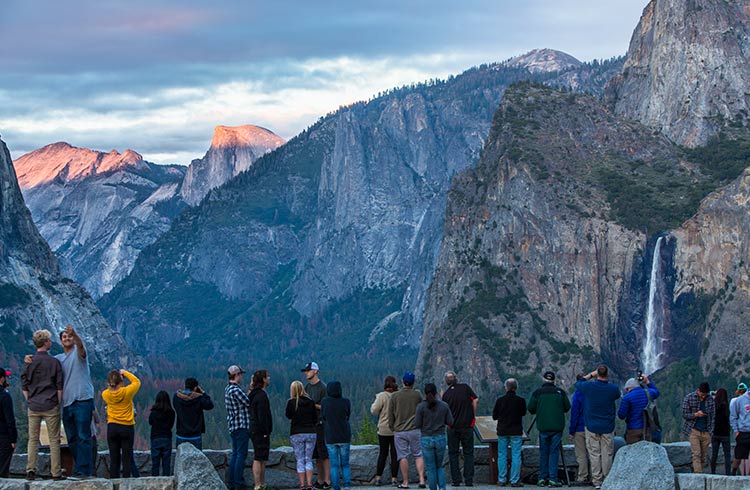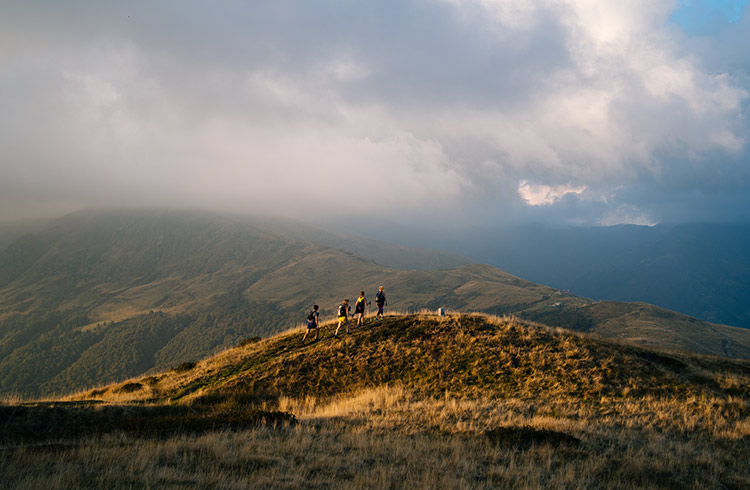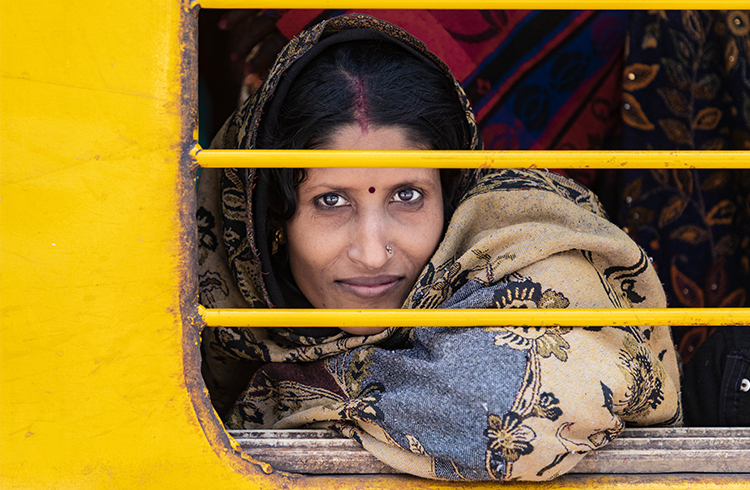Why it's Time to Give Our National Parks a Break
The world's most popular national parks are becoming over-visited – here's how you can help
 Photo © Getty Images / Matthew Micah Wright
Photo © Getty Images / Matthew Micah Wright
Even before COVID-19 turned our world upside down, crisis-level overcrowding in US national parks and other naturally beautiful places around the world was taking its toll. Now that travel is poised to return (just try and stop us), we have a chance to do it better. With countless stunning landscapes and vistas to be enjoyed across the planet, there’s no need to rush to destinations at the top of the most popular and must-visit travel roundups. Instead, give nature a break and travel in the off-season, or explore somewhere new.
- What causes the overcrowding
- Why overcrowding is a problem
- A path less traveled
- Exploring wild destinations responsibly
What causes the overcrowding
Closed borders aside, the modern world's flexible work schedules and location-independent careers, along with ever-growing options for accommodation, tours and transportation booking platforms, make taking off on an adventure easier than ever. Add in services such as house swapping and pet sitting, and it’s no surprise that the number of people traveling is growing each year. We can't get enough of it.
For many travelers, visiting and enjoying a destination is no longer enough; if it’s not on social media, it didn’t happen. Geotagging – using GPS to share the precise location where a photo was taken – has only intensified the problem. Instagram influencers, in particular, have contributed to over-tourism, albeit unintentionally. By tagging the location of a beautiful, formerly remote location, their followers are encouraged to visit to capture the same shot themselves.
At Horseshoe Bend, near Grand Canyon National Park in Arizona, visitor numbers jumped from 100,000 in 2010, the year Instagram launched, to 2 million in 2018. Geotagging became such a problem in Wyoming that the Jackson Hole Travel & Tourism Board asked visitors to stop geotagging photographs on social media to protect the area’s habitat. In Iceland, over-tourism got so out of control at Fjaðrárgljúfur Canyon (the site of a 2015 Justin Bieber music video) that it closed to foot traffic in 2019.
Why overcrowding is a problem
Overcrowding in any natural environment can lead to problems with waste – all that trash and sewage has to go somewhere – as well as traffic, noise and light pollution, and a host of negative impacts on native plants and wildlife. In Thailand, the beach made famous by a 2000 Leonardo DiCaprio film was receiving up to 5,000 visitors per day. Nearly all of the coral died as a result so local authorities closed the bay to visitors for two years to allow the bay’s ecology to recover.
A path less traveled
Venturing to off-the-beaten-track destinations can be even more rewarding, as you won’t have to wait in line to enter a popular park or elbow your way through hordes of people to get the perfect shot. In the US, consider hiking and camping in state parks, which tend to receive less attention and fewer visitors than national parks. If you prefer to have someone else handle the details, look for small-group tours and guided hikes in less-visited destinations.
Jaime Eder, of Travel Oregon, believes that by dispersing visitors to less crowded natural areas, pristine surroundings remain intact and economic impact is spread to all corners of a state or region. Eder does note, however, that while wilder destinations may be appealing, they may lack the infrastructure to support visitors who aren’t prepared to rough it.
Exploring wild destinations responsibly
If you want to visit wild destinations that lack visitor infrastructure, consider hiring a local guide who knows the area well and can handle important details such as gear, first aid, extreme weather, and navigation. Expert guides can lead hikers to less-traversed routes without venturing off-trail and causing erosion. Platforms such as 57Hours, which connects individuals with certified guides for outdoor experiences such as hiking, skiing, surfing, and rock climbing, can be a great resource for travelers looking for a bit more adventure.
If you want to visit one of the world’s most popular national parks, plan your visit during the uncrowded off-season and spend your time in less crowded corners of the park.
Banff National Park in Canada, for example, receives the vast majority of its visitors during the summer, when parking lots are crowded by 8am. To enjoy the park with fewer people, visit during shoulder season, October, November, and May, when reduced opportunities to hike and ski mean the park is a lot quieter but no less beautiful. While you’re in the area, be sure to visit its three neighboring national parks that receive a fraction of the visitor numbers.
Related articles
Simple and flexible travel insurance
You can buy at home or while traveling, and claim online from anywhere in the world. With 150+ adventure activities covered and 24/7 emergency assistance.
Get a quote


No Comments